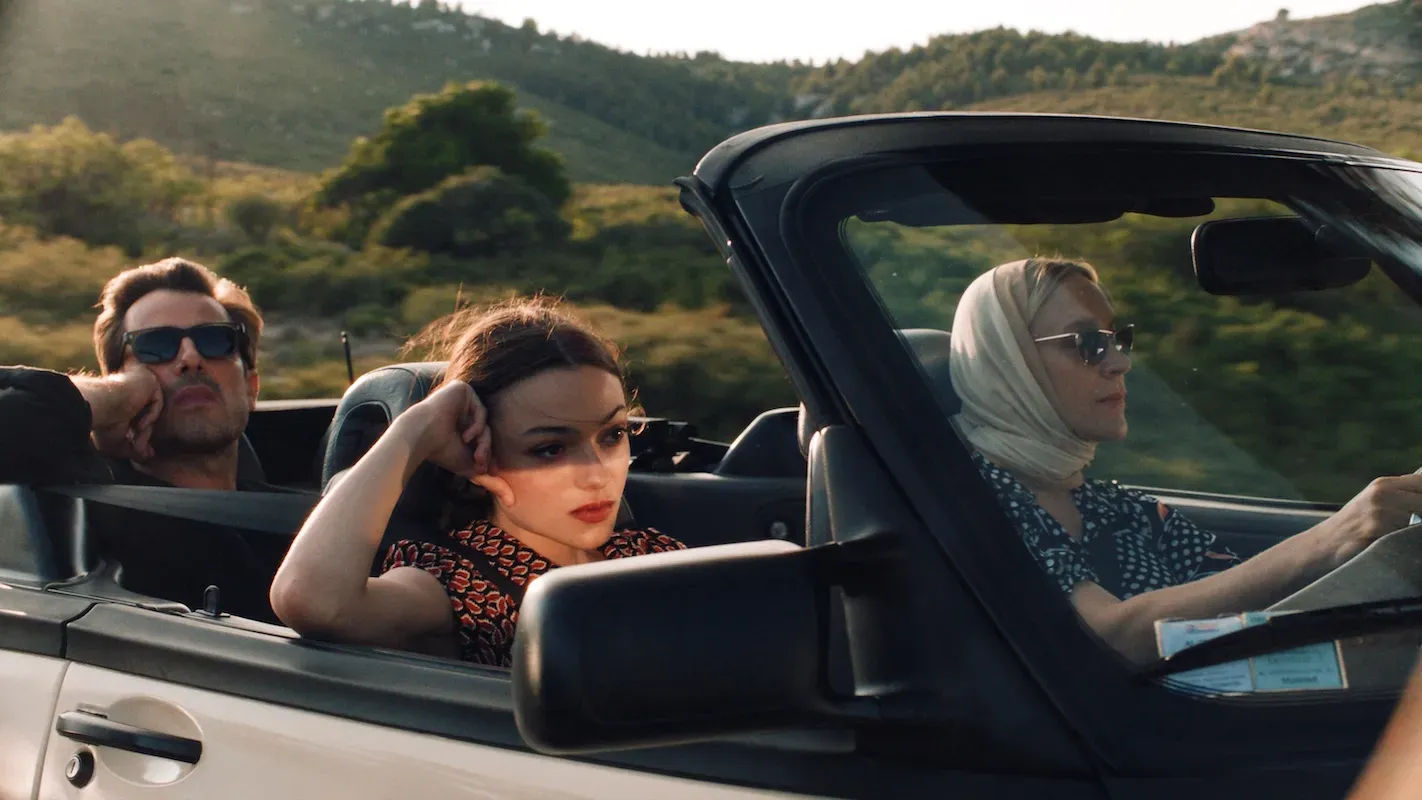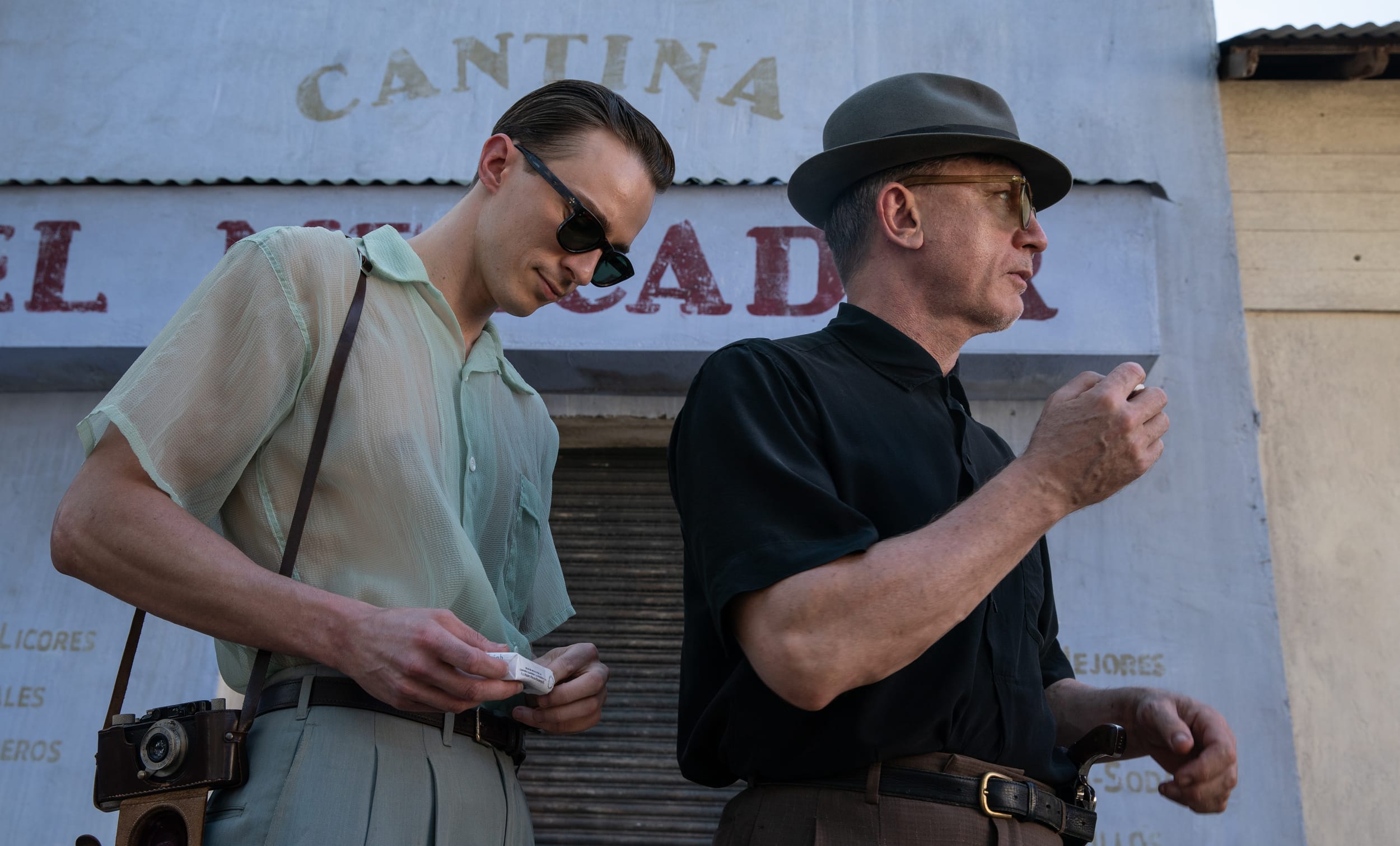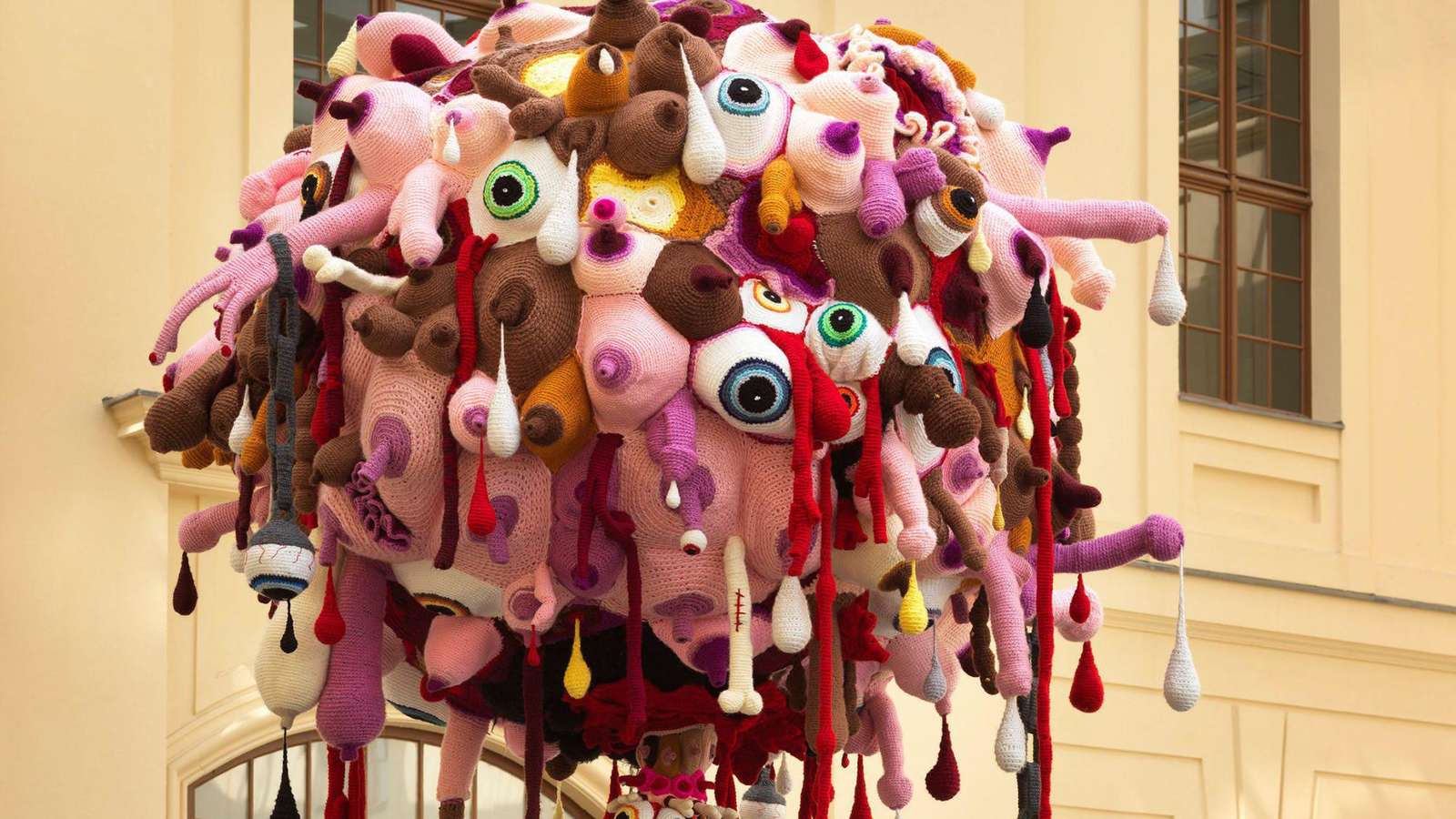The Aspirational Realness of Bonjour Tristesse
As with so much of her writing, Durga Chew-Bose’s directorial debut is an exercise in the poetics of close observation and studied nonchalance. But is there anything deeper going on beneath its perfectly impenetrable surface?

In August, I spent two weeks in Marseille, near to where Durga Chew-Bose’s first film, Bonjour Tristesse, was partly shot. The weather was perfect, the food delicious and fresh, the location lush. The film was much the same. Beautiful vistas, slow languorous days, luxurious and nonchalant. Welcome to the south of France.
I bought a dress by Maryam Nassir Zadeh in anticipation of the trip, an oversized linen button-down to be used as a beach cover-up, and carefully packed a makeup bag of only five items. I had a certain idea about what I should look like in the south of France—a pared-down wardrobe of clothes and beauty items that projected an image of not trying too hard, yet still existing within a vocabulary of fashion that signalled I was aware of current trends. Put another way, in an attempt to look effortless, more effort is often spent.
Clearly, the Montreal-born writer and editor Chew-Bose and I share the same notion of what the French Riviera should look and feel like. Probably I was influenced by her in the first place. In 2017, when Chew-Bose published Too Much and Not the Mood, an essay collection that lyrically unpacked aspects of her life and interests, I had just finished university and was about to embark on a career in journalism. She was a writer I looked up to—playful, discursive, and deeply tuned into the culture, with a distinct way of looking at things informed by her personal experience. Her tour-de-force “Heart Museum”, the 93-page essay which kicks off Too Much, begins with a meditation on the meaning of an emoji—the one of a pink building with a heart on it—and ends in the back seat of a Mumbai taxi, while intellectually tackling just about everything else in between, including what it means to write personal essays such as this one.
Also in 2017, Chew-Bose was hired as managing editor of SSENSE magazine—the savvy and influential editorial platform affiliated with the e-commerce fashion retailer—later becoming its editor-in-chief. On Instagram, she offers small glimpses of her personal world: the book she’s reading soaked in sunlight, a zoomed-in shot of some corner of her home, her laptop streaming a documentary atop a stack of art books. In short, Chew-Bose knows how to curate the aura of a life lived just perfectly so. Not so pristine as to be inauthentic, though one might get the impression that even the dust might be, as they say, a hired actor.
Chew-Bose’s Bonjour Tristesse shares these same qualities—as an exercise more in aesthetics than narrative or dramatic tension. Based on Françoise Sagan’s controversial 1954 novel, which was first adapted for the screen by Otto Preminger in 1958, the film follows the observant 17-year-old Cécile, and her womanizing father Raymond, who is widowed, as they enjoy a carefree summer on the French Riviera in the company of his new lover, Elsa. Then Anne arrives on the scene, a Paris-based fashion designer and old friend of Cécille’s parents, displacing Elsa as the object of Raymond’s affection.
In contrast to Elsa’s freewheeling ways, Anne, coldly cosmopolitan and a bit of a scold, embraces her role as Cécille’s substitute mother figure, setting boundaries on the teenager where before there were few. In return, Cécille resolves to break up her father’s new relationship. Games of manipulation, in the classic French style, ensue.
Chew-Bose knows the power of looking and being looked at—most of her career has been a study in close observation. In translating that to the screen, she’s cited among her inspirations filmmakers such as Lucretia Martel and Mia Hansen-Løve, two masters of stillness, slow pacing, and the long take. Shot by cinematographer Maximilian Pittner, Chew-Bose’s Bonjour Tristesse is constructed out of gorgeous, glancing moments that heighten a tactile sense of the scenery, with its many slow pans across the details of a room, and a close attention to sensory detail—the slow unravelling of a headphone cord, the crisp strike of a match and the gentle burn of a cigarette, the buttering of bread straight from a stick of butter.
Over the course of the film’s 110-minute run time, I often found myself tracking particular objects within a scene—a sun-faded yellow bathing suit with flattering boning, or an oversized tracksuit jacket Cécile lounges around in, me wondering where she got it from. And where did they source those perfectly mismatched table settings? There’s something about the studied nonchalance of the objects that populate the film, and how they’re presented, that is almost too “authentic” to be believable.
There’s a name for this phenomenon. In a 2019 academic paper, researcher Rosie Findlay writes about “aspirational realness” in fashion and beauty marketing—specifically as practiced by the brands Maryam Nassir Zadeh, Reformation, and Glossier. “As an aesthetic, aspirational realness champions beautiful women with normalizing ‘flaws’ as opposed to the flawless hegemonic fashionable ideal,” she writes. And intrinsic to that aesthetic, as much as the items being worn or displayed, is the manner and style in which things are photographed.
“The photographs in which these women appear bear qualities of the transient and the partial: the frame is close cropped so only half of her face is visible, or the expensive sandals on her feet are shot amidst a galaxy of blackened gum on the sidewalk,” Findlay explains. The aim of such marketing images is to collapse the distance between the consumer and the object, allowing them to project themselves onto the brand with the promise that they might also be effortlessly beautiful.
Not surprisingly, the deliberate imperfections that define this aesthetic approach—blurriness and off-centre cropping, grainy textures—have infiltrated social media trends. Throughout my time in France, I documented things according to the now prevalent aesthetic: a blurred photo of a sunset or just the edge of the book I was reading at the beach.
“Aspirational realness” has also been described as the Instagram cool-girl look. Which makes Chloe Sevigny’s presence as Anne an intriguing if questionable choice. Famously christened the “It girl” of the moment in a 1994 New Yorker profile, over the years Sevigny has managed to sustain her aura of effortless cool, and status as style icon. Here she is cast against type. If Elsa represents the flowy and naturally beautiful aesthetic of Maryam Nassir Zadeh, and perfectly thrifted finds, Sevigny’s Anne channels the polished, buttoned-up qualities of The Row and Lemaire—her overall vibe in conflict with the laid-back feels of southern France.
One scene in particular sums up the film. While Cécile strolls in the ocean, Elsa comments to Raymond on his daughter’s emerging self-awareness, that Cécille is practicing being looked at. But you might say that all of the main characters are contending with how they are seen, within the mechanics of the plot. In this way, Bonjour Tristesse is not without its charms, as a kind of meta-commentary on aesthetics. What it means to be looked at, and know you are being looked at, and what you decide that means for how to behave.
It’s too bad Bonjour Tristesse doesn’t let us penetrate any deeper than that into its characters’ inner lives. When Sagan published her novel, she was only 18 and it caused a scandal—both for its salacious content and the fact that it came from the imagination of a teenage girl. Unfortunately, in Chew-Bose’s meticulously curated adaptation, that’s precisely what’s missing, any hint of actual scandalousness.





